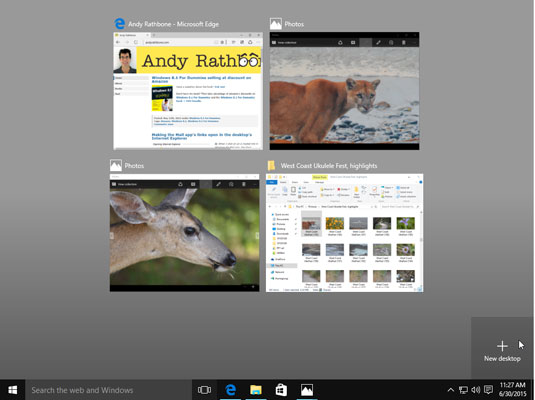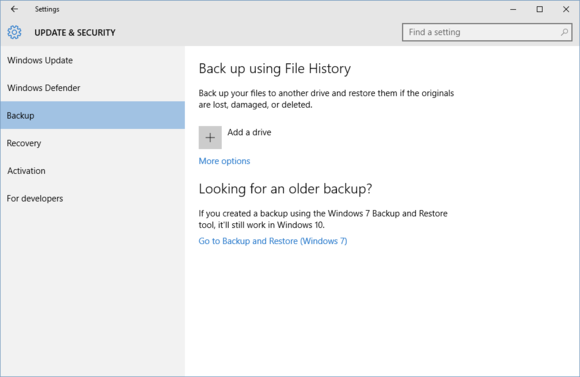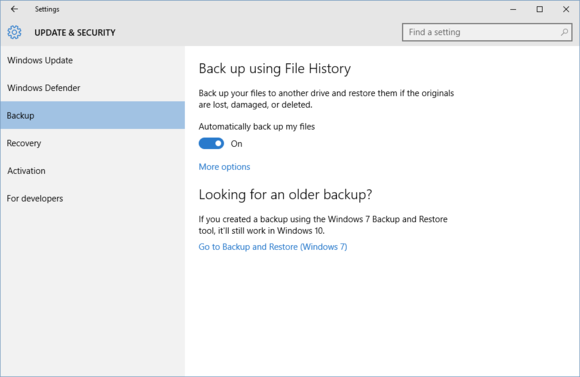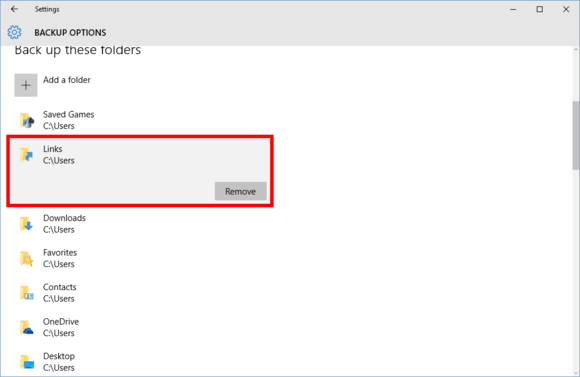Windows 10 is Microsoft’s latest and greatest operating systems (OS),
but it’s far from flawless. Since its launch in July 2015, several
people have encountered issues – both after upgrading from Windows 7 or
8.1, and after
buying a new PC.
If you’ve upgraded to Windows 10, read about the
common upgrade issues and how to fix them.
Thankfully, many free programs exist that will fix the most common
problems on your PC. Our top five address major Windows 10 issues in the
simplest ways possible.
These tools will fix your faulty or broken drivers, restore PC
components that aren’t working, easily enable or disable hidden
settings, resurrect features you loved from earlier Windows versions,
and lock down your privacy settings.
Before installing them, check two important things…
Ensure Your PC Is Updated and Secure
Microsoft regularly addresses many of Windows 10 flaws with system
updates, so you should first ensure your PC is updated and set to update
automatically.
To do this, head to
Start >
Settings >
Update & security > Windows Update. Here, click the
Advanced options link at the bottom. On Windows 10, updates always download automatically, but to install, often a restart is required.
If you rarely reboot your computer, make sure the dropdown menu at the top is set to
Automatic. Also tick
Give me updates for other Microsoft products when I update Windows. Finally, go back, click
Check for updates, and restart if needed.

Apart from running Windows Update, install suitable antivirus protection. There’s Windows Defender, but
Microsoft’s aged security tool is far from the
best method of securing Windows 10. Here are
five free security programs we think offer the best all-round security for Windows PCs.
On to the five best programs to fix any major problem that you’ve encountered in Windows 10.
If your Windows 10 PC encounters hardware problems (for example, with
a speaker or printer), a faulty driver could be the culprit. We
previously showed you how to
take control of driver updates in Windows 10.
Thankfully, several free tools can update your drivers in a few
clicks. The best among them is Driver Booster, which claims to fix and
update 200,000 Windows drivers.
Remember to read and untick any unwanted boxes during installation because its parent company (IObit) tries to covertly add bloatware. A tool called Unchecky can help with that, too.

The program is divided into two tabs – Outdated and UpToDate. Select the former and click
Update Now at the top to update all your outdated drivers in one go.
The program automatically updates these drivers for you, saving you
loads of time and effort. You can follow its update progress at the top.
You can also schedule the program to check and inform you about any
outdated drivers that you can then update.
Driver Booster creates an automatic restore point before updating
your drivers and it has options to automatically shut down or reboot
your PC after it’s done – useful if you’re updating many drivers or in
the cases where some new drivers may need a reboot to work.
FixWin 10 is a great free program to fix issues within Windows 10 and it’s portable, meaning it doesn’t require installation.
The program is divided into six neat sections, each representing
problems with a specific component (File Explorer, System Tools, etc.).
Each section contains at least 10 fixes (see the
full list here). Some of the fixes may require a reboot, but you’ll be informed of this when you click the
Fix button.

The
Welcome section lets you create a restore point
(which we recommend doing) and fix any corrupted files on your computer.
The one-click fixes in the
File Explorer category let
you add your Recycle Bin icon to the Desktop (if you don’t see it). From
here, you can also expose your PC’s hidden files and folders.
Similarly, the
System Tools section lets you fix problems with the Task Manager, Registry Editor, and Device Manager.
If you can’t locate the fixes you want, click the
Windows 10
section where you’ll see common fixes relating to your Start Menu,
Wi-Fi connection problems, Windows Update, and even Office programs. The
Additional Fixes section lets you address problems
that take place after upgrading your to Windows 10 – such as Office
files not opening and problems accessing Windows Media Player.

The
Troubleshooter section works a little
differently. Instead of providing one-click solutions, it has
easy-to-understand options that’ll open the relevant device
Troubleshooter tool on your PC. You would otherwise have to manually
search and open them. The Windows troubleshooters can easily fix
problems with regard to your printer, speakers, Internet connection, and
Windows Update.
Ultimate Windows Tweaker is made by the same parent company as
FixWin10 (The Windows Club). This is immediately evident because both
programs share the same easy-to-use interface.
Unlike FixWin 10, which actually addresses Windows 10 issues and lets
you fix them, this program lets you quickly enable, disable, hide, or
remove certain features from Windows.

You can make each change listed in this program using the Windows 10
Settings
app, the Registry Editor, or the Group Policy Editor. However, Ultimate
Windows Tweaker puts all the options within neat sections that list
relevant issues which you can then address quickly.
Click the
Create Restore Point button at the bottom left before you start, tick the changes you want to make, then click
Apply at the bottom. The
Additional section lets you bring back Windows 7’s Windows Photo Viewer with one click.
There are
over 200 Windows 10 tweaks that are available at the click of a button. Making wholesale changes to your OS has never been easier.
Windows 10 is not a bad OS. In fact, it was one of the best releases
of 2015, fixing many of the flaws that alienated Windows 8.1 users. But
people love Windows 7, which remains the most popular Windows version by
far!
Windows 10 is the better OS, but if you can’t live without
certain Windows 7 features, the Missed Features Installer comes to the
rescue.

The program itself is a package containing several reputed (and safe)
third-party programs that resurrect features from earlier Windows
version to Windows 10. For example, you can use it to add a Windows
7-like Start Menu, bring back Desktops gadgets, Windows Movie Maker, and
the Windows Experience Index Tool.
Its installation ISO file is over 1 GB. In earlier Windows
versions, you would need to burn this to a DVD before running the ISO
file. However, Windows 10 lets you simulate a virtual environment, so
you can run these files directly. Open the ISO file and run the setup
file within. We’ve explained how to use the program to
resurrect lost features to Windows 10.
We’ve spoken at length about
Windows 10’s Privacy issues
and Microsoft has received a lot of flak for it. Windows 10 contains
many privacy settings you can customize. However, as with the programs
above, you can benefit from tools that make this job easier and one of
the best among them is O&O ShutUp 10.

The program is divided into nine sections (including Security,
Privacy, and Windows Update), each offering various options. The same
settings are available in Windows 10, but it’s not always clear what
they do. Using O&O Shut Up, however, you’ll find that each
setting comes with a detailed explanation of what it does. If you just
want to apply all the recommended settings of the program, click the
Actions dropdown menu and select that option.
You should address all options marked with red exclamation marks
because these denote settings that are switched off, but need to be
switched on. For example, the program informed us that Windows Defender
was disabled.
What Windows 10 Programs Do You Use to Fix Problems?
While we think that these are the best programs to fix any problem in
Windows 10, there are tons of other programs and apps (both free and
paid-for) that address its many issues. At the end of the day, much of
it comes down to the
problems you’ve encountered and the tools you’re comfortable using to address them.
Source: http://www.makeuseof.com/tag/5-free-tools-fix-problem-windows-10/











































